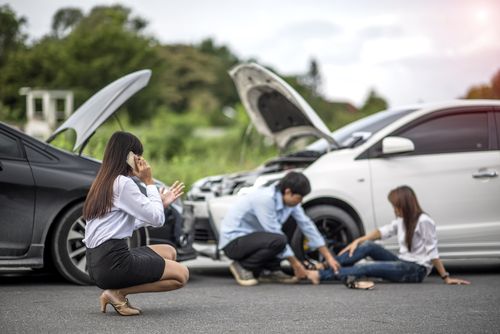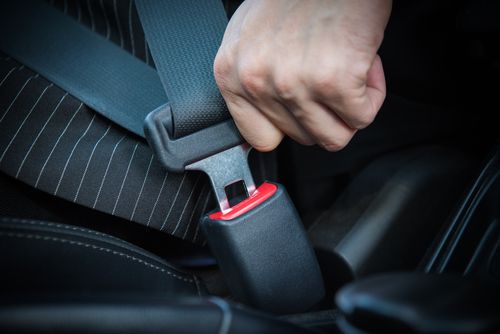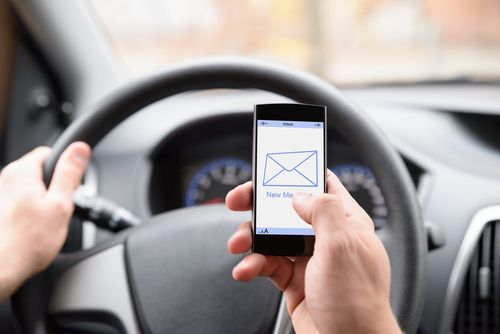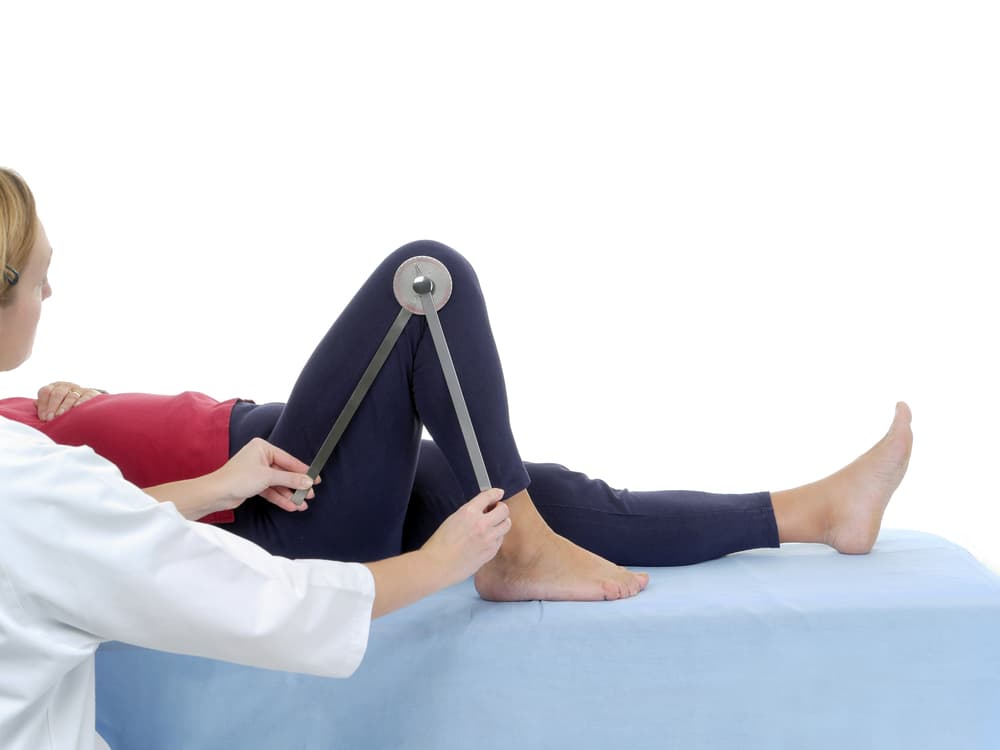
First and foremost, stay off the roads during inclement weather conditions! If you must travel during winter weather conditions, be sure to avoid these common mistakes:
DRIVING TOO FAST: The faster you drive the less time you have to react in an emergency. Also, the severity of a collision increases with increased speed. It also takes four to ten times longer to stop on icy or snowy pavement than it does on dry asphalt. Slowing down is the most important thing to do when driving on ice and snow. High speeds make it both easy to lose control and difficult to stop. You should never drive faster than 45mph in any vehicle when roads are snowy or icy. If you experience fishtailing or sliding, it means you are going too fast for the conditions.
NOT BEING PREPARED: Keep your gas tank at least half full. Moist air in the tank can freeze and block the gas line. This is often the reason a car won’t start in cold temperatures. Check your tires to ensure adequate pressure and tread. Also, regularly check your antifreeze level, battery power and make sure your window defrosters work. It is a good idea to keep a snow shovel, salt and ice scraper in your car to dig yourself out. A flashlight should also be kept in your car.
FOLLOWING TOO CLOSELY: Similar to driving too fast, following the car in front of you too closely lessens your reaction time if you need to slow down suddenly. When the road is slick with rain, sleet, snow, or ice you should take into account that it takes even longer to brake due to less traction. It’s recommended that you double your normal distance between cars, giving yourself a minimum braking distance of six seconds. You should also be looking ahead for stoplights, stop signs and curves in the road so you can give yourself adequate time to brake or steer around them.
SLAMMING ON THE BRAKES: When you feel your tires start to slip, it’s easy to panic and slam on the brakes. THINK TWICE…Don’t do it! This can only worsen the situation, and removes traction from your tires, taking away your ability to control your vehicle. When you feel yourself begin to skid, you should ease off the accelerator and let the car slow down on its own. A moving tire means that there is still some traction, which is what you need to steer yourself out of a collision.








